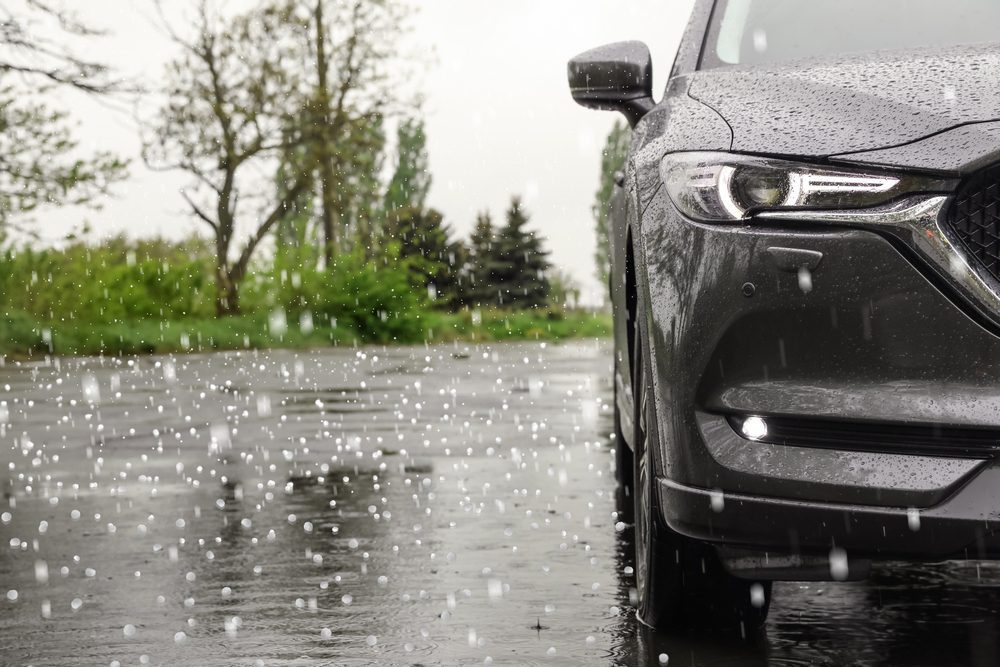The Atlantic hurricane season typically begins in June, and experts forecast 19 tropical storms, nine of which could spin into hurricane status. The season for severe storms that culminate in tornadoes and damaging hail is already underway in the southern plains. Every year, hundreds of thousands of vehicles are lost to severe weather. Cases like Hurricanes Harvey and Irma in 2017 have tallied losses of more than 600,000 vehicles – and that doesn’t count the uninsured vehicles.
Dealers have insurance to cover against Acts of God in most cases, but this year is different. It’s not because there are more storms than average or expectations of catastrophe, but because the auto industry is different from a year ago, never mind five years ago when Harvey made landfall.
What’s different about the auto industry now?
For the average car dealership, much has changed in a short time. Average used car values have skyrocketed, with average used car prices climbing from $20,879 in March 2020 to $30,815 in May 2022. In 26 months, a used car price increase of nearly 50% could tally up to an expected inventory value difference of $1 million for a store that carries 100 used units. New cars have a fixed cost, but the loss of inventory would be devastating for business.
According to Kerrigan Advisors, the value of a dealership has increased by approximately 40% since the start of the pandemic. Most dealership sales are for an undisclosed amount, but a conservative average valuation of around $2.5 million in February 2020 means the dealership would expect to sell for $3.5 million, adding another $1 million to its valuation.
Are you adequately insured?
You aren’t expecting the worst, but you want to be prepared for it. Insurance coverage limits might not cover your dealership’s physical business sufficiently with the larger than cost-of-living increases over the past two years, and it’s probably time to review your coverage before an unexpected loss.
Should a storm pass directly over and create a months-long cleanup and significant numbers of total losses, it could be devastating for ongoing business. Contact your insurer to review your policy, upping your limits if there are gaps in coverage.
Have support on speed dial
When a storm strikes, every dealership scrambles to get their inventory back to 100% as quickly as possible. The stores that are successful either have in-house services to correct damage or have a close connection with supports that do it.
An area with frequent hailstorms can mean thousands in extra floorplan costs and lost revenue. For example, paintless dent removal services in your area can be booked solid for months after a hailstorm, rendering dozens of units either unsellable or with prices slashed for a dent sale. Not to mention, if there are salespeople without units to sell, you could lose excellent staff simply due to lack of inventory, compounding the problem.
Along with PDR techs, have a contingency plan in place for your fixed ops departments, including the collision repair shop, parts department, and service department, should there be a significant need from a storm.
From hurricanes and overland flooding to tornadoes, wind storms, and hailstorms, catastrophes can happen anywhere in the US. And while you don’t want to dwell on the ‘what-ifs,’ preparation can minimize the disruption you experience from severe weather.
Did you enjoy this article from Jason Unrau? Read other articles on CBT News here. Please share your thoughts, comments, or questions regarding this topic by submitting a letter to the editor here, or connect with us at newsroom@cbtnews.com.
Be sure to follow us on Facebook and Twitter to stay up to date or catch up on all of our podcasts on demand.
While you’re here, don’t forget to subscribe to our email newsletter for all the latest auto industry news from CBT News.










